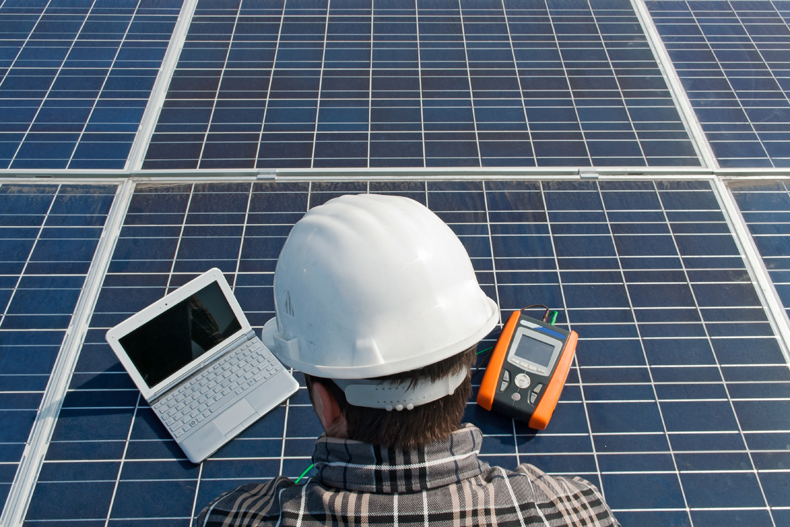
Nowhere in the United States has embraced solar panel installations like Hawaii
As this is a much higher rate of distributed solar than anywhere in the Continental United States, this and the island’s isolated grid also meant that the state’s utilities hit technical challenges associated with deploying this solar sooner.
Nowhere in the United States has adopted rooftop solar-like Hawaii. Very high retail electricity prices made net-metered rooftop solar a value in the island state well before the beach, with the result that 16-20% of all homes on individual islands received PV systems by the end of 2017.
Whether or not these technical issues were a sufficient and valid reason, state regulators shut off-net metering to new customers in the empire of Hawaiian Electric Companies (HECO) in 2015, instead shifting to policies that de-facto mandated matching solar with energy accommodation by refusing electricity exports.
While the Hawaii Public Utilities Commission (HPUC) was forcing energy storage upon new customers who sought out solar panel installations, they had not yet made it a plausible alternative for existing solar panel installation customers, as it would void their net metering agreement.
This changed last Friday, with HPUC issuing an order which approves an option for customers to add energy storage to an existing net-metered installation, without adding any more solar. This goes beyond HECO’s proposal that such systems be allowed for emergency back-up and will allow energy storage for other purposes.
A limit on exports for solar panel installation companies
The rule considerably publishes these energy storage systems from a technical examination condition. A limit on exports to the original capacity of the PV system under net metering is maintained, with a 1 kW variance for advanced inverters.
Accelerating deployment of solar panel installations
“By allowing existing customers new options to participate in the clean economy, we’re lowering the cost of energy storage and accelerating deployment of new renewable technologies.” “The PUC has created a new market for resilient energy storage equipment,” said Will Giese, the executive director of the Hawaii Solar Energy Association (HSEA) in a statement.
HSEA notes that customers wishing to add solar and storage will need to re-program their existing inverters to meet frequency and voltage standards, where possible. HPUC also ordered HECO to work with HSEA and other stakeholders to produce an easily recognized net metering adjustment process for customers who want to add storage.
Such changes have been a long time coming, as the ruling is under a docket that opened four years ago. The ruling also made what HSEA has described as “minor” changes to interconnection tariffs, as well as interconnection terminology. Finally, it suspended the next phase of the Distributed Energy Resources (DER) docket.
There has never been a better time to install a solar energy system!
If you want to move into the future and join the solar revolution, or if you want to find out what solar panels are right for you, go to HahaSmart.com and try our price checker tool. See how much a system will save you over the next 20 years.
For more information relating to going solar, don't forget to visit our solar blog section for more handy guides and articles.


Input your address to see if it is solar friendly and how much you can save with solar.
Great. Your address is perfect for solar. Solar incentive is still available. Select monthly utility cost and calculate the size of solar system you will need now.
| kw System size | years Payback period | Lifetime savings |
No money down, 100% finance is available.
|
|
Looking for certified solar installers? Sign up now and we will find them for you. |
Comments